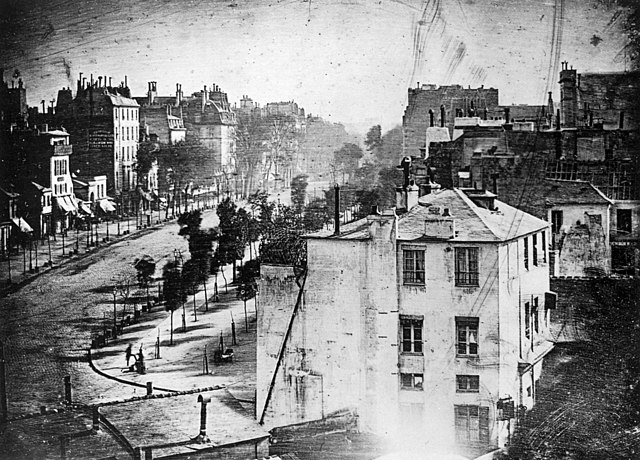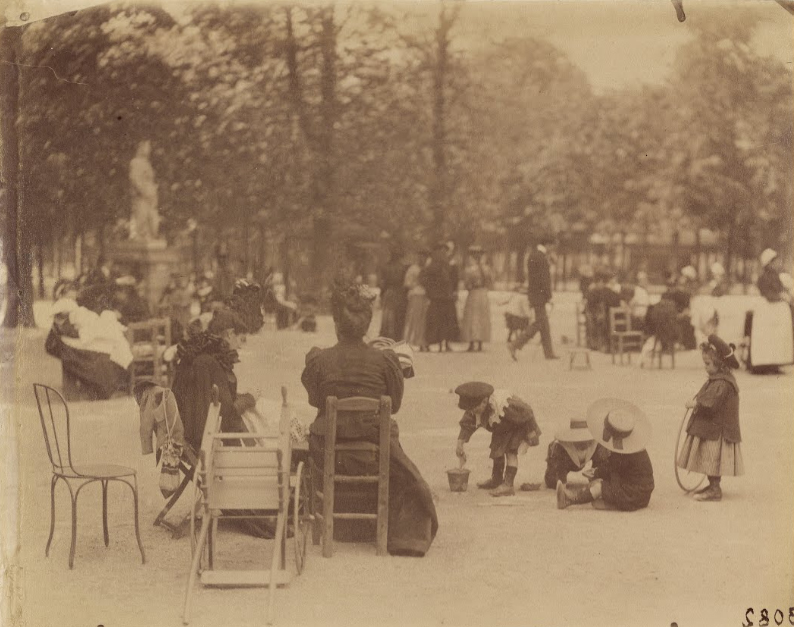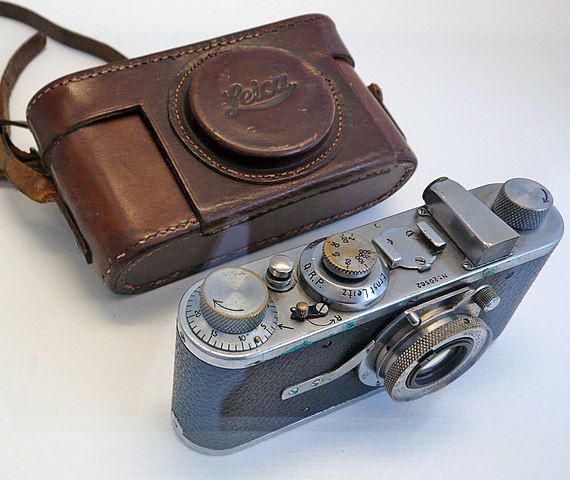Brief history of street photography
Street photography is a type of documentary photography that involves taking candid conditions, often in an unguarded or spontaneous manner. photographs of people and their surroundings, usually in urban environments. The goal of street photography is to capture the essence of everyday life and the human
photography that has a long and rich history, with roots dating back to the early days of photography itself.
One of the earliest examples of street photography is ” Boulevard du Temple” by French photographer Louis Daguerre, which was taken in 1838.

Louis Daguerre 1838
French photographer Eugene Atget was another one of the earliest pioneers of street photography, he worked in Paris in the late 19th and early 20th centuries. Atget’s work was instrumental in documenting the architecture and street scenes of Paris, and his photographs are considered some of the earliest examples of street photography.

Eugène Atget 1898
In the 1920s and 1930s, known photographers are Henri Cartier-Bresson, who is often considered the father of modern photojournalism and street photography, street photography gained wider recognition as an art form. worth mention also the photographers Helen Levitt, and Robert Frank, whose influential book “The Americans” captured the mood and feel of post-World War II America through a series of candid street photographs. they used their cameras to capture the essence of everyday life, often in spontaneous and candid ways. These photographers helped to establish street photography as a distinct genre within documentary photography.
Worth a mention also Paul Strand as one of the photographers that used street photography to capture the mood and atmosphere of the times.
In the 1950s and 1960s, street photographers such as Garry Winogrand, Diane Arbus, and Lee Friedlander continued to document everyday life and the human condition, often using 35mm film cameras and black and white film.
Street photography saw a resurgence in popularity with the rise of the Leica rangefinder camera and the development of smaller, more portable cameras that made it easier for photographers to capture candid moments in public.

CC BY-SA 2.0
The 1970s and 1980s, of the 20th century photographers such as Joel Meyerowitz and Mary Ellen Mark was inspired to use color film and larger format cameras to capture street scenes.
Today, street photography continues to be a popular and influential genre, with photographers using a range of technologies, from film cameras to digital cameras and even smartphones, to capture candid moments in public spaces. Some of the most well-known contemporary street photographers include Vivian Maier, whose work was discovered posthumously and has gained widespread acclaim, and Bruce Gilden, whose raw and often confrontational images have made him one of the most controversial figures in street photography.
In the 21st century, Due to the widespread use of smartphones, it has become easier than ever for people to capture and share candid images of their surroundings. Today, street photography can be found all over the world, with practitioners using a variety of techniques and styles to capture the human experience in all its complexity and beauty.